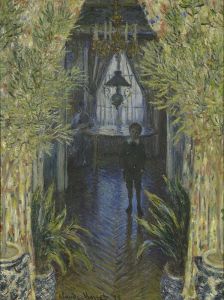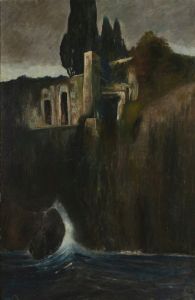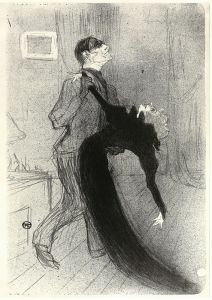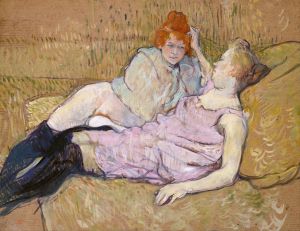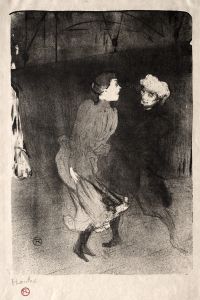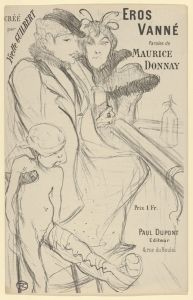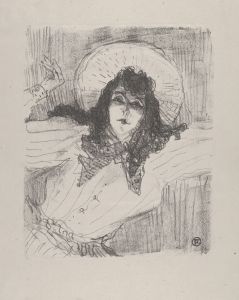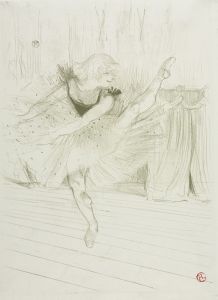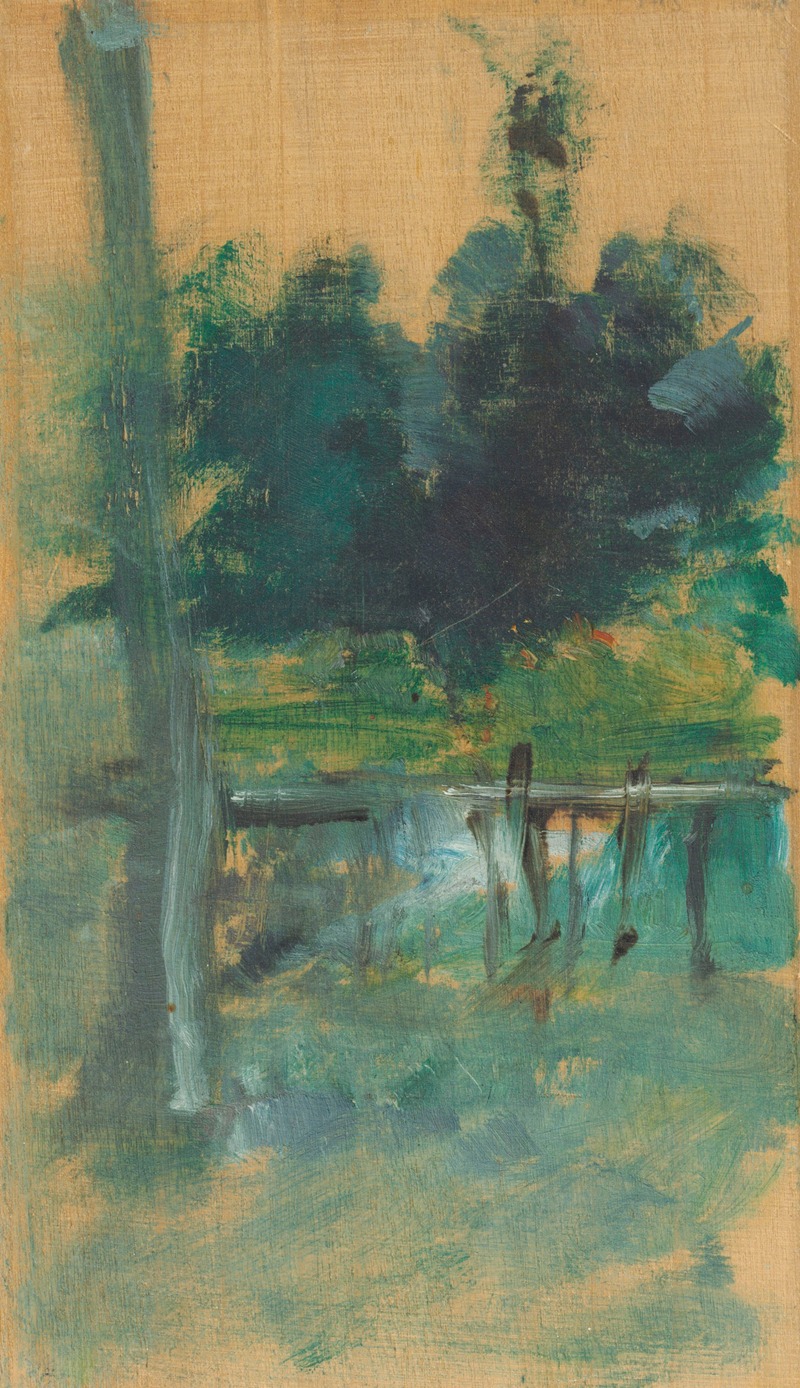
Malromé; Sous-bois
A hand-painted replica of Henri de Toulouse-Lautrec’s masterpiece Malromé; Sous-bois, meticulously crafted by professional artists to capture the true essence of the original. Each piece is created with museum-quality canvas and rare mineral pigments, carefully painted by experienced artists with delicate brushstrokes and rich, layered colors to perfectly recreate the texture of the original artwork. Unlike machine-printed reproductions, this hand-painted version brings the painting to life, infused with the artist’s emotions and skill in every stroke. Whether for personal collection or home decoration, it instantly elevates the artistic atmosphere of any space.
Henri de Toulouse-Lautrec, a prominent French painter, printmaker, and illustrator, is renowned for his depictions of the bohemian lifestyle in late 19th-century Paris. However, specific information about a painting titled "Malromé; Sous-bois" by Toulouse-Lautrec is not readily available in the public domain or major art historical records. It is possible that this work is lesser-known or not widely documented in the existing literature on Toulouse-Lautrec's oeuvre.
Henri de Toulouse-Lautrec was born on November 24, 1864, in Albi, France, into an aristocratic family. Despite his noble lineage, Toulouse-Lautrec is best remembered for his immersion in the vibrant and often gritty world of Montmartre, a district in Paris known for its lively nightlife and as a hub for artists and performers. His work often captured the essence of Parisian nightlife, including scenes from cabarets, dance halls, and brothels, with a particular focus on the Moulin Rouge.
Toulouse-Lautrec's artistic style is characterized by its bold use of color, expressive line work, and keen observation of human behavior. He was heavily influenced by the Impressionists, as well as by Japanese woodblock prints, which were popular in Europe at the time. His ability to convey movement and emotion with economy of line and color made his work distinctive and influential.
The artist's personal life was marked by physical challenges; he suffered from a genetic disorder that resulted in stunted growth and fragile bones. These challenges, however, did not hinder his artistic output. Toulouse-Lautrec produced a vast body of work, including paintings, drawings, and posters, many of which have become iconic representations of the Belle Époque era.
While "Malromé; Sous-bois" is not widely recognized in the context of Toulouse-Lautrec's most famous works, the title suggests a connection to Malromé, the family estate where Toulouse-Lautrec spent much of his later life. Malromé is located in the Gironde department of southwestern France, and it was here that Toulouse-Lautrec continued to work until his death on September 9, 1901.
The term "Sous-bois" translates to "underwood" or "forest floor" in English, which might imply a landscape or nature scene. However, without specific documentation or scholarly references, it is challenging to provide a detailed analysis or description of the painting's content, style, or significance within Toulouse-Lautrec's body of work.
In summary, while Henri de Toulouse-Lautrec is a well-documented and celebrated figure in art history, specific information about a painting titled "Malromé; Sous-bois" is not readily available. This may be due to the painting's status as a lesser-known work, or it may not be part of the widely recognized catalog of Toulouse-Lautrec's art. For those interested in Toulouse-Lautrec's work, it is recommended to explore his more prominent pieces, such as "At the Moulin Rouge," "La Goulue at the Moulin Rouge," and his numerous posters, which capture the spirit of his era and his unique artistic vision.






